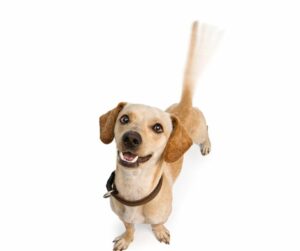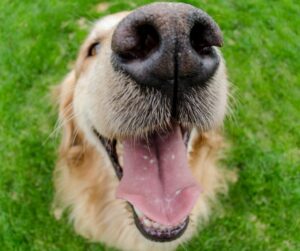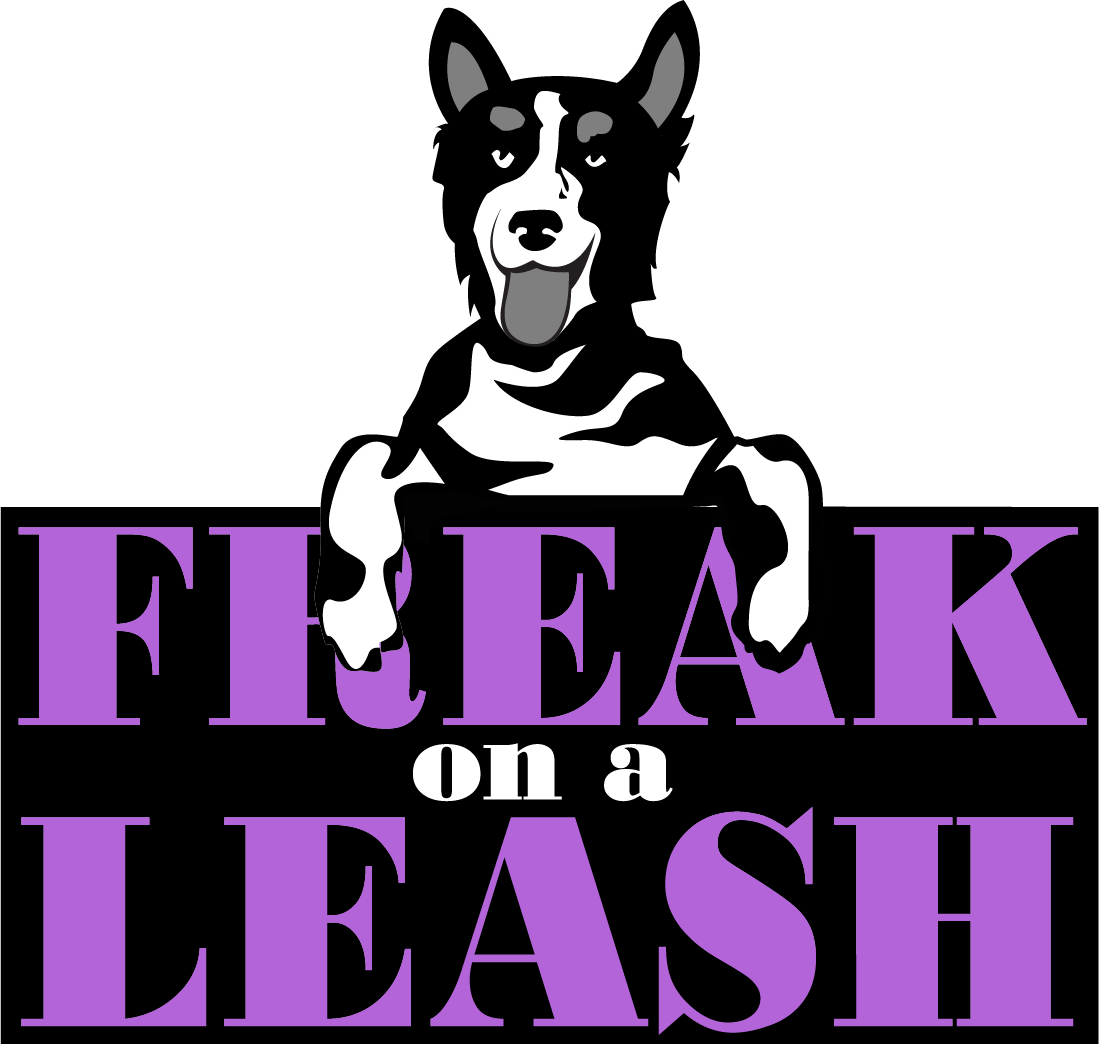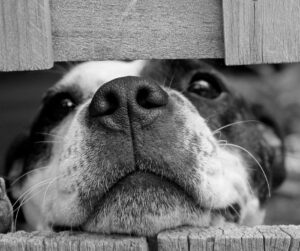Have you ever wondered what your furry friend is trying to tell you? Your dog’s body language can be a great indicator of its feelings and emotions. Paying attention to these signs can ensure that your dog feels happy and comfortable in any situation. In this blog post, we will explore five things your pup may be trying to tell you through his body language. From tail wagging to lip licking, we’ll uncover the hidden meanings behind your pup’s behavior. Read on to find out more!
1. Tail
In general, the faster the tail wags, the more excited the dog is. A calm dog welcoming you will have a long, slow, side-to-side tail sweep with the entire body wagging. A faster twitch-like wag suggests a higher level of alertness, possibly in a negative sense. There are two things to note when observing a dog’s tail: the base of the tail and the direction of the tail. Relaxed dogs hold their tails neutrally, extending out from their spines or below. Dogs usually raise their tails above their spines when they become more excited or aroused. As a dog becomes more excited, his tail may also move side-to-side rapidly.
2. Ear
Dog ears come in all shapes and sizes, allowing some dogs to communicate more effectively. But the rule remains the same. A calm, contented dog tends to relax their ears in a position that is natural to them. If a dog is alert or feels aggressive or dominant, it will raise its erect or tense ears higher on its head and point them in the direction of what it is interested in. A dog’s ears that are pulled flat against its head indicate fear, worry, or submission.
3. Eyes
The eyes of a dog can be generally classified as soft or hard. Soft eyes in a calm or happy dog have relaxed lids and appear to be squinting at times. Hard eyes, in which the eyes appear to become icy, are the exact opposite. You can notice this in yourself if you’re in a bad mood. The dog may be protecting a toy or acting aggressively. When dogs are stressed, they will typically avert their gaze and avoid making eye contact.
4. Mouth
A relaxed dog will have its jaws open and possibly be panting, with no facial or mouth tension. The corners of its mouth may be pushed slightly upward. A nervous or stressed dog will keep its jaws closed and clenched with its lips pulled back at the corners. Drooling in the absence of food can also be an indication of acute fear or stress. Teeth are not necessarily associated with violence. Some dogs exhibit a “submissive grin” or “smile,” in which the dog only reveals its front teeth.
5. Facial Expression
Humans and dogs have the same expressions, yet they signify different things. A yawning dog can actually signal agitation; the act of yawning helping the dog to relax as it reduces blood pressure. On the other hand, if you yawn your dog may yawn back at you, because yawning is as contagious in dogs as it is in people. A dog may smack its lips after a good meal, but it can also do so to express discomfort when it is nervous. The most confusing facial expression is smiling. Yes, some dogs do smile, and if you’re not familiar with the expression, it can look horrifying. Usually when dogs bare their teeth it gives a warning, as if they’re saying, “Look at my weapons.” The aggressive target of a snarl is difficult to overlook, especially when accompanied by a threatening growl. But a smiling expression can be seen on a happy dog with a loose and wiggly posture.
Are you looking to learn more about dog body language? We love this book by Lili Chin https://www.doggielanguagebook.com/
Need help finding out what your dog is trying to tell you? Let us help you to learn to talk dog! Book Now




